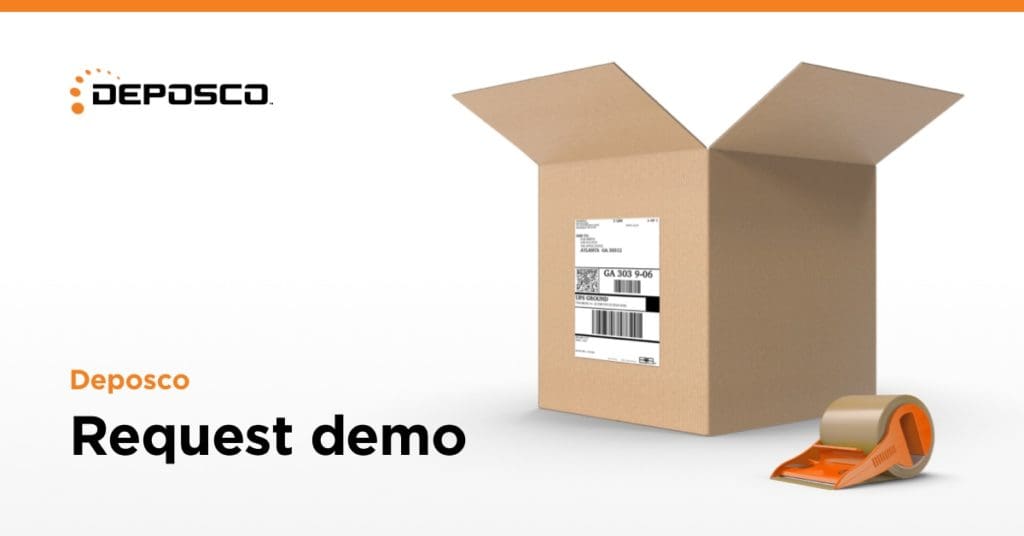How important is informed decision-making to your customers? Voice and choice truly matter, especially to younger markets.
Warehouse management systems that provide full and accurate transparency into the journey of every product are vital when it comes to Environmental, Social, and Governance (ESG). Evolving your business for ESG may not be on your radar today; you might be focused only on getting boxes out the door, and that’s okay. But ESG-driven changes are coming!
Differentiating your business will require planning now for an adaptable, flexible platform that can support ESG-friendly warehouse management processes in the next 3-5 years.
Let’s back up and look at how the need for end-to-end supply chain visibility has grown and evolved.
ESG and the choice-driven consumer
In 2008, Walmart was the first retailer to go on a broad SKU Rationalization initiative. The logic was that if only a selection of your products in any category drives the bulk of your sales, then only stock those. Within 2 years, Walmart posted a follow-up study that said total sales declined in those categories.
The finding was simple: customers demand choice. They want to consider different products. There is a minimum informational bar that must be achieved, or they won’t buy at all.
Awareness of ESG is driving the same desire for informative decision-making. But now, that awareness goes beyond the nature of the product itself. Today, consumers want to know what’s going on behind raw materials sourcing, manufacturing, delivery, returns, and regenerative activities.
Some of this is softer, such as social transparency into how your company supports minorities. Others are becoming firmer, such as legal requirements on provenance emerging in the EU Bloc and championed by Germany’s LKG rollout.
The United States SEC has started moving to require ESG declarations to become part of 10K reports for public firms. If the retail and services environments are feeling the pressure of these regulations, then the technology that facilitates this must necessarily evolve in tandem.
Proactive risk monitoring in the warehouse (before the sale)
ESG risk has been a hot-button topic for supply chains in recent years. Transparency into ingredient sourcing, humanitarian and modern slavery concerns, increased nationalism, and security concerns are just a few of the things keeping supply chain leaders up at night.
Integrated risk analyses must proactively flag bad actors. Firms will have an elevated need to protect themselves. Aside from the legal concerns in some of these areas, brand sentiment can be quickly destroyed. With many customers demanding perfection from Direct-to-Consumer (DTC) brands, and competitors ready to step in, the stakes can’t be higher.
Look at the investigation going on with Boohoo in the UK. In 2020, they were accused of modern slavery in their supply chain in the fast fashion garment business. They saw a 22% slump in their stock value almost immediately. And that’s before you start looking at the calls for the entire industry to be abandoned due to its outsized environmental impacts. You can’t afford for your brand to be associated with immoral or irresponsible actions.
“But I’m not in the EU and my region doesn’t have these controls?”
Doesn’t matter. Like the GDPR rollout, if you are doing business with firms in those regions, this relates to you. If your company has transactions with a European firm, up/downstream, you’re now part of the audited supply chain.
You can’t wait until the mistake has been made.
Warehouse visibility and tracking (during the sale)
Once goods are moving, you need a much greater visibility into where they go and who interacts with them, in addition to just the timing of those movements.
Consistently, end-to-end warehouse management visibility has been about the tracking of movements and accurately showing Available-to-Promise inventory. The emphasis is on revenue creation by presenting the availability of products. But what about the details of the product itself?
Actively tracking the credentials and integrity of every checkpoint in the vertical supply chain has now been made everyone’s problem. In addition, ignorance is not a protection. ESG requires an audit of your supply chain and the ability to show those results.
In previous years, where a firm would have 100% control of physical goods for sale, trade compliance groups would spend most of their time on factory audits. This practice is rife with fraud, Customs clearance, and tariff engineering. Today, with a complex omnichannel consisting of drop ship, third-party logistics (3PL), and DTC, there’s a good chance no one in your direct employ touched or reviewed the product.
Modern legislation and modern consumers care deeply if your raw materials are not ethically sourced. They want to know if your third-party manufacturer is accused of immoral labor practices. With more than a third of global consumers willing to pay more for responsibly sourced goods and services, that premium will get paid to either you or your competitor.
That’s your problem and one that has grown beyond the capabilities of paper-based warehouse management and tracking.
Lot control and consumer protections (after the sale)
What about when an issue is discovered after you own it or after you’ve already sold it?
Consumer Product Safety (CPS) recalls should not be a new concept for firms.
Solid lot control and a complete history, when products change locations or states in your facilities, have become critical. This has been a fairly common practice in food and pharmaceuticals. Soon, you should expect it to start working into all categories of Consumer Packaged Goods — as pressure from both governmental agencies and consumers ramps up.
In addition, a lot of CPS activities of the past have amounted to posting an ad or finding out when there is a class-action suit. There will be an expectation that your warehouse management team can tell the life story of a product from acquisition to disposition and tie problematic inventory to the customer you sold it to. It’s wise to proactively notify them about class-action discovery. Some industries, such as the automotive space, are already very good at this practice. A model can be taken from the way vehicle updates and recalls are handled.
With the increasing use of DTC, being able to map movement from acquisition to put-away to a specific customer order – and then notifying that customer directly – will be seen as the requirement, versus simply going above and beyond.
Final thoughts
As with the evolving threats to Data and Computer Security, we’re transitioning to increased controls around how our products are made, procured, and sold to the public. For a variety of reasons, from ethical to legal to public sentiment, ESG considerations and controls will play an increasing role. Warehouse management tech is how companies will better manage their supply chains.
To add to this, several shifting trends will have an increasing influence on the trajectory of brands – positively or negatively — such as:
- Desire for faster and faster service
- Increased online orders, leading to use of indirect or outsourced fulfillment services
- A customer’s willingness to hop brands
ESG will require brands to rethink order fulfillment for sustainable logistics and other informed decision-making, which continue to rank higher on consumers’ wish list over the next few years.

